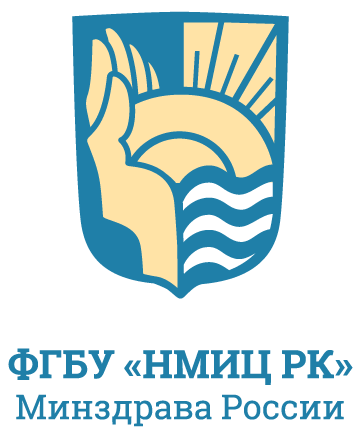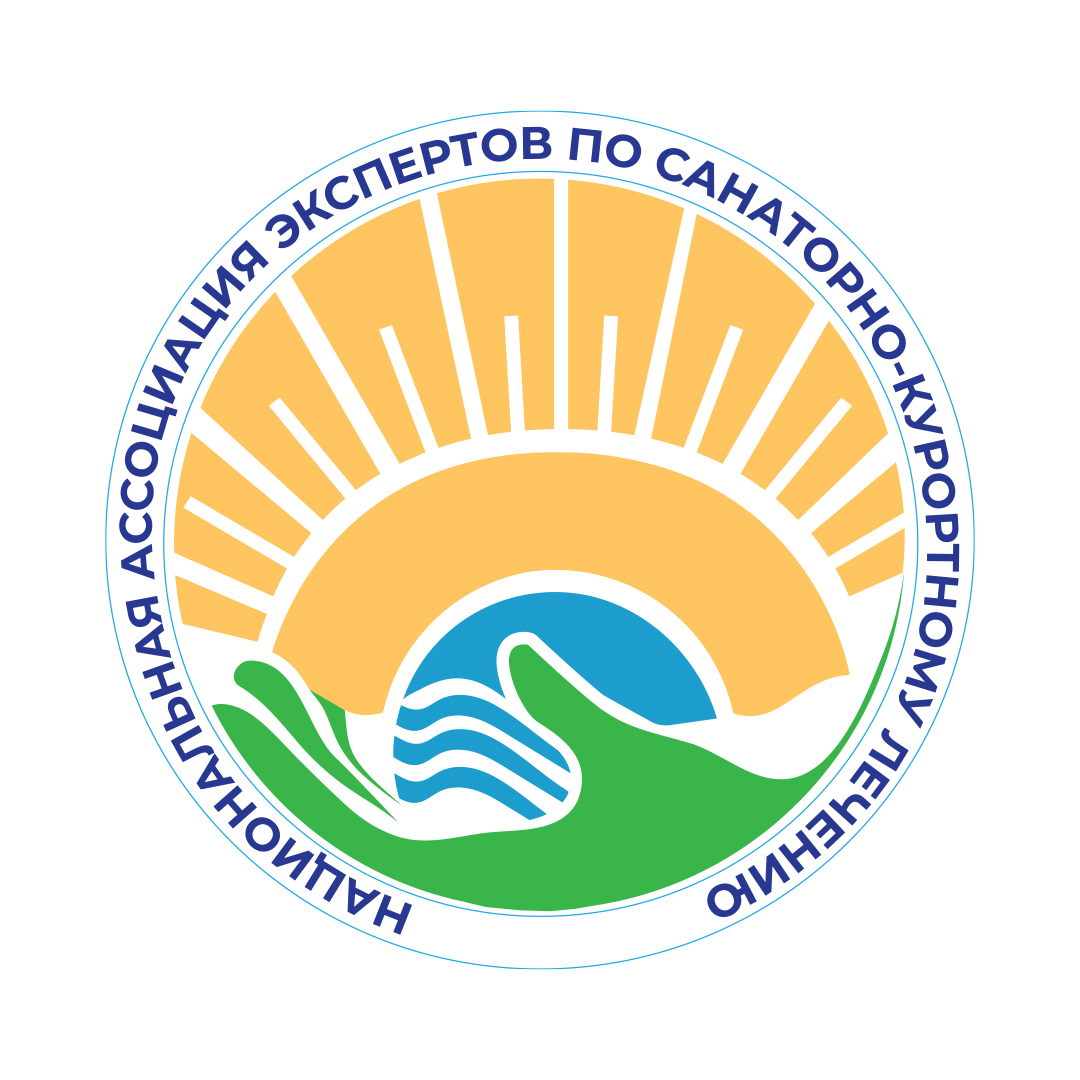Issue 24-3, 2025
Original article
Transcutaneous Electrical Neurostimulation at the Second Stage of Medical Rehabilitation in Ischemic Stroke: a Controlled Randomized Study
![]() Alexander B. Berger*,
Alexander B. Berger*,
![]() Tatiana V. Konchugova,
Tatiana V. Konchugova,
National Medical Research Center for Rehabilitation and Balneology, Moscow, Russia
ABSTRACT
INTRODUCTION. Patients who have suffered a stroke require long-term and intensive rehabilitation measures to restore both vital and motor, cognitive, psycho-emotional and other functions of the body. Along with the use of physiotherapy methods, transcutaneous electrical neurostimulation can be used already at the stage of the patient’s stay in the intensive care unit; however, due to the lack of modern information on its effectiveness, this method is extremely rarely included in rehabilitation programs at the early stages.
AIM. To evaluate the clinical effectiveness of using electrotherapy with different durations of procedures at the II stage of medical rehabilitation, including the period of patients with stroke in the intensive care unit.
MATERIALS AND METHODS. A randomized controlled trial was conducted at the National Medical Research Center for Rehabilitation and Balneology between 2024 and 2025, involving 61 patients who had suffered an ischemic stroke. All patients were divided into 4 groups, which underwent a standard medical rehabilitation scheme, as well as additional electrotherapy with a duration of 10, 20 and 30 minutes, a course of 14 procedures. BEFORE the start of the course of procedures, as well as after its completion, muscle strength in the affected limbs was assessed on a five-point scale, as well as an assessment on the Rivermead, Rankin, NIHSS, and rehabilitation routing scales.
RESULTS AND DISCUSSION. A total of 61 patients of both sexes (27 men (44 %) and 34 women (56 %)) took part in the study. The average age of the patients was 59 years. All patients suffered from acute cerebrovascular accident (ACVA) of the ischemic type in the basin of the right/left middle cerebral artery. At the end of the course of electrotherapy procedures in the main group, with an exposure of 30 minutes, muscle strength in the affected limbs in the distal sections increased (shoulder muscles 1.9b. (1.0; 2.3); forearm/hand muscles 1.5b. (0.5; 1.8); thigh muscles 2.2b. (1; 2.5); lower leg/foot muscles 1.5b. (1.1; 1.8)) compared to the control group (0.9b. (0; 1.5); 0.3b. (0; 1); 1.1b. (0; 2); 0b. (0; 0.5), respectively) (p < 0.05).
CONCLUSION. Additional physiotherapeutic treatment in the form of transcutaneous electrical neurostimulation of patients who have suffered a stroke, initiated during their stay in the intensive care unit at the second stage of medical rehabilitation, proved to be more effective in improving the motor activity of paretic limbs compared to the standard rehabilitation programme. The best results were in the group with a duration of electrotherapy of 30 minutes, significantly improving muscle strength in the affected limbs in the distal sections (shoulder muscles 1.9b. (1.0; 2.3); forearm/hand muscles 1.5b. (0.5; 1.8); thigh muscles 2.2b. (1; 2.5); calf/foot muscles 1.5b. (1.1; 1.8)) (p < 0.05) at the end of the rehabilitation course lasting 20 days.
KEYWORDS: stroke, intensive care unit, physiotherapy, transcutaneous electrical neurostimulation, rehabilitation, electrotherapy
FOR CITATION:
Berger A.B., Konchugova T.V. Transcutaneous Electrical Neurostimulation at the Second Stage of Medical Rehabilitation in Ischemic Stroke: a Controlled Randomized Study. Bulletin of Rehabilitation Medicine. 2025; 24(3):140–146. https://doi.org/10.38025/2078-1962-2025-24-3-140-146 (In Russ.).
FOR CORRESPONDENCE:
Alexander B. Berger, Е-mail: Е-mail: bergerab@nmicrk.ru
References:
-
Li X., He Y., Wang D., Rezaei M.J. Stroke rehabilitation: from diagnosis to therapy. Front Neurol. 2024; 15: 1402729. https://doi.org/10.3389/fneur.2024.1402729
- Белкин А.А., Алашеев А.М., Белкин В.А. и др. Реабилитация в отделении реанимации и интенсивной терапии (РеабИТ). Методические рекомендации Союза реабилитологов России и Федерации анестезиологов и реаниматологов. Вестник интенсивной терапии имени А.И. Салтанова. 2022; 2: 7–40. [Belkin A.A., Alasheev A.M., Belkin V.A., et al proved to be more effective in improving the motor activity of paretic limbs compared to the standard rehabilitation programme. Clinical practice recommendations of the national Union of Physical and Rehabilitation Medicine Specialists of Russia and of the national Federation of Anesthesiologists and Reanimatologists. Annals of Critical Care. 2022; 2: 7–40. https://doi.org/10.21320/1818-474X-2022-2-7-40 https://doi.org/10.21320/1818-474X-2022-2-7-40 (In Russ.).]
- Mezidi M., Guérin C. Effects of patient positioning on respiratory mechanics in mechanically ventilated ICU patients. Ann Transl Med. 2018; 6(19): 384. https://doi.org/10.21037/atm.2018.05.50
- Mehrholz J., Thomas S., Kugler J., et al. Electromechanical-assisted training for walking after stroke. Cochrane Database Syst Rev. 2020; 10(10): CD006185. https://doi.org/10.1002/14651858.cd006185.pub5
- Рошаль Л.М., Новоселова И.Н., Валиуллина С.А. и др. Опыт ранней реабилитации детей с позвоночно-спинномозговой травмой. Вопросы курортологии, физиотерапии и лечебной физической культуры. 2016; 93(6): 41–50. [Roshal’ L.M., Novoselova I.N., Valiullina S.A., et al. The experience with the early rehabilitation of the children presenting with the vertebral cerebrospinal injury. Problems of Balneology, Physiotherapy and Exercise Therapy. 2016; 93(6): 41–50. https://doi.org/10.17116/kurort2016641-50 https://doi.org/10.17116/kurort2016641-50 (In Russ.).]
- Серая Э.В., Чжао А.В., Лапшин В.П. и др. Элементы лечебной физкультуры в сочетании с физиотерапией у больных после трансплантации печени в реанимации. Лечебная физкультура и спортивная медицина. 2010; 3(75): 28–30. [Seraya E.V., Chzhao A.V., Lapshin V.P., et al. Exersise therapy elements combined with physical medicine after liver transplant in intensive care. Exercise therapy and Sports Medicine. 2010; 3(75): 28–30 (In Russ.).]

The content is available under the Creative Commons Attribution 4.0 License.
©
This is an open article under the CC BY 4.0 license. Published by the National Medical Research Center for Rehabilitation and Balneology.




